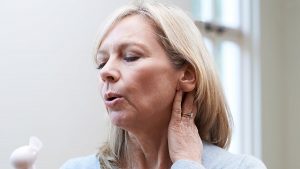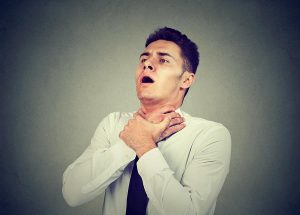Exposure to natural substances with psychoactive effects — including marijuana, kratom, magic mushrooms and nutmeg — triggered more than 67,300 calls to U.S. Poison Control Centers over nearly two decades.
That’s an average of 3,743 calls a year between January 2000 and December 2017, or about 10 calls a day, according to researchers at Nationwide Children’s Hospital in Columbus, Ohio.
About nine in 10 cases occurred at a home, 64% involved males, and most cases were in people older than 19 (41%), or aged 13 to 19 (35%).
The substances most often involved were marijuana (47%); anticholinergic plants such as jimson weed (21%); and hallucinogenic mushrooms (16%).
Rates of hospital admission and serious medical outcomes were most common in cases involving kratom, khat, anticholinergic plants and hallucinogenic mushrooms, according to the report published online Nov. 26 in the journal Clinical Toxicology.
“These substances have been associated with a variety of serious medical outcomes including seizures and coma in adults and children,” study co-author Henry Spiller said in a hospital news release. He’s director of the Central Ohio Poison Center at Nationwide Children’s.
That marijuana accounted for nearly half of exposures owes in part to the growing number of states that have legalized its recreational or medical use, according to the authors.
“As more states continue to legalize marijuana in various forms, parents and health care providers should treat it like any other medication: locked up, away, and out of sight of children,” Spiller said in the release.
“With edibles and infused products especially, curious children are mistaking them for kid-friendly candy or food, and that poses a very real risk for harm,” he warned.
While exposure to most natural psychoactive substances significantly decreased between 2000 and 2017, there was a 150% increase for marijuana, and a 64% increase for nutmeg.
Over the period, kratom exposures soared nearly 5,000%, accounting for eight of the 42 deaths identified in the study. These findings underscore the need for increased focus on kratom, the researchers said.
Of the 42 deaths identified, seven were among children and teens. Five occurred in 13- to 19-year-olds and involved anticholinergic plants, hallucinogenic mushrooms, kava kava and marijuana. Both deaths among younger children involved marijuana, the researchers said.
Nearly all exposures among children under age 6 were associated with curiosity. They accounted for one-fifth of cases, and the majority involved anticholinergic plants and marijuana.
The study was done by researchers at Nationwide’s Center for Injury Research and Policy and the Central Ohio Poison Center.
More information
The U.S. National Institute on Drug Abuse has more about kratom.
Source: HealthDay
Copyright © 2025 HealthDay. All rights reserved.

















